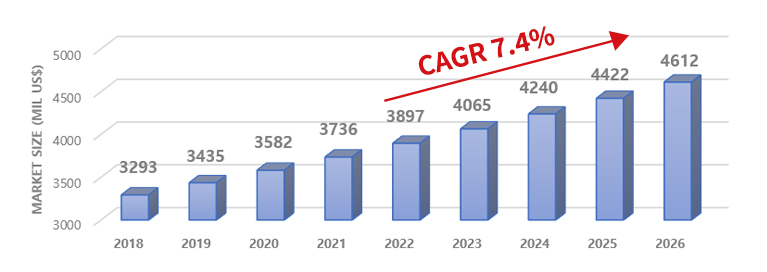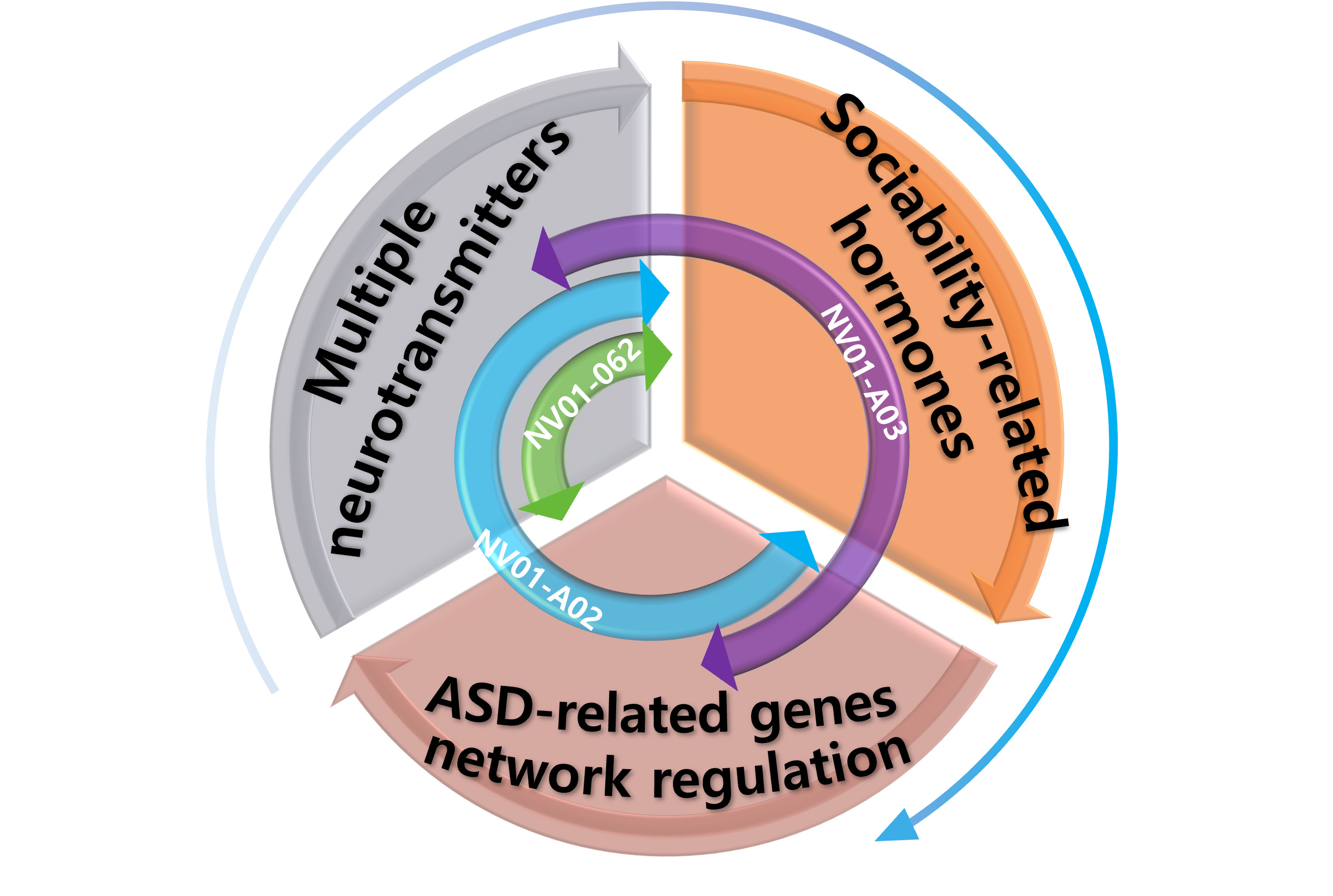SCIENCE & TECHNOLOGY
Vision for the Future
 Global ASD therapeutic market size (2022)
Global ASD therapeutic market size (2022)

Since there’s no cure with a large market size for ASD, the possibility of new market as a first-in-disease is very high.

| Country | Number of Patients |
|---|---|
| South Korea | 16,000 |
| USA | 100,000 |
| Germany | 27,494 |
| UK | 20,090 |
| China | 432,949 |
| Japan | 42,444 |
| Limitation | Solution | |
|---|---|---|
| Non-biological care |
|
|
| Non-biological care |
|
|
|
|
|
|
|
